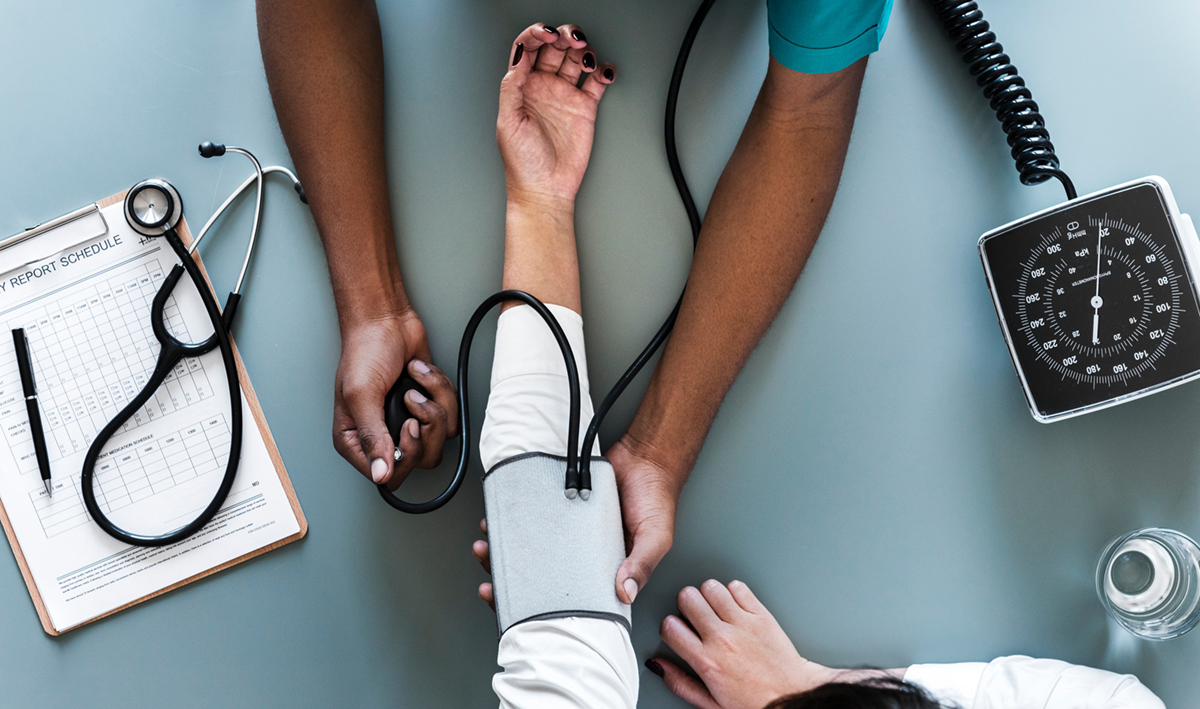
People of any age can suffer hypertension, but the condition is much more common in adults. About three per cent of children suffer from hypertension, and in babies the condition is normally caused by prematurity, or kidney or heart conditions. Worryingly, hypertension is on the rise amongst children. This fact has been linked to the growth of childhood obesity. Untreated high blood pressure can lead to serious problems with the brain, heart, eyes and kidneys. Thus, the condition requires early monitoring and treatment.
About high blood pressure
When the heart contracts, blood is pushed into the blood vessels, which relax when the heart does. Thus, blood pressure is driven by the heart and the arteries. The blood is pumped by the heart and resisted by the arteries. Blood pressure changes each minute, particularly with regard to our activity levels. Body temperature, diet, emotional state, posture and medication intake are also factors in the onset of hypertension.
If someone is suffering from high blood pressure, it will mean that there is a much higher workload placed on the heart and the arteries. High blood pressure means that the heart must pump faster and the arteries will be put under greater strain. Should the hypertension continue for a long period of time, it may mean that a lack of function of the heart and arteries might also occur. Some other organs, like the brain and kidneys, might also be affected.
High blood pressure might also mean that someone who suffers from the condition might also be vulnerable to stroke, heart attack, kidney failure, loss of vision and atherosclerosis. High blood pressure is not always symptomatic, which can be dangerous considering the negative affects that the condition can have on the body. In some very serious cases, hypertension might lead to dizziness, nosebleeds, visual changes, headaches, nausea, and heart palpitations.
Blood pressure can be measured with the use of a sphygmomanometer. This involves strapping a cuff to the arm. The cuff creates pressure and compresses a large artery, thus stopping the blood flow. As the air is allowed out of the cuff, the blood pressure is thus measured. A doctor or nurse might also use a stethoscope to hear the pulse as the blood flows through the artery. This is known as the systolic pressure. Diastolic pressure is the pressure when the heart is resting between each beat. When the pulse sounds disappear, this type of pressure is measured.


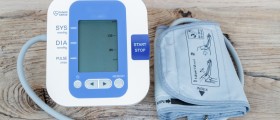

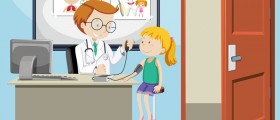

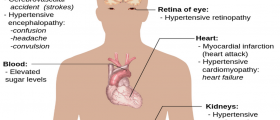





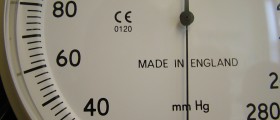
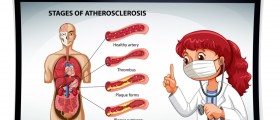
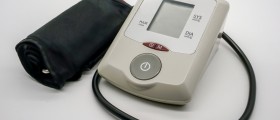
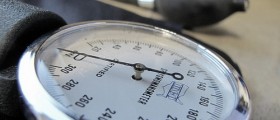
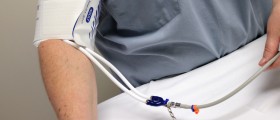
Your thoughts on this
Loading...